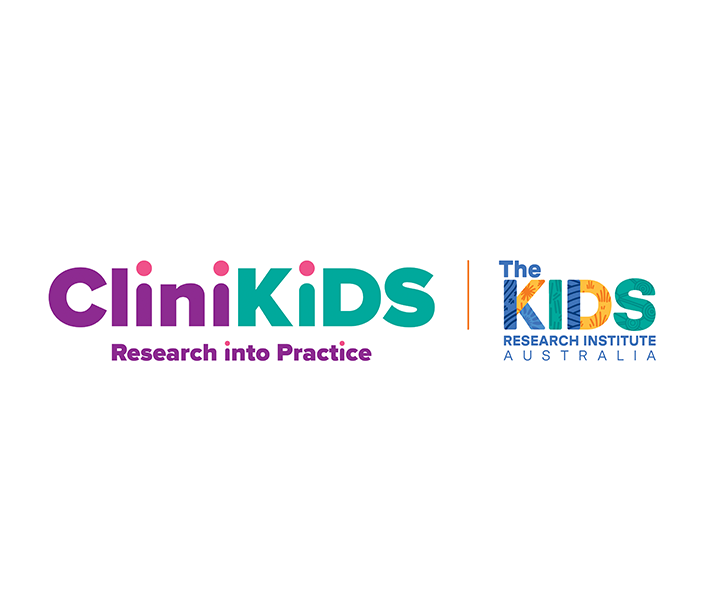Search
Our goal is to accelerate the dissemination and implementation of evidence-based models of care for children and young people living with Type 1 Diabetes.

We hear the word leadership so often, but what does it mean, especially in an online context? Once we understand our role as cyber leaders we are

Friending and Grouping Most social media sites or apps connect you with other users by friending or following. Within the larger group of your

Whether writing and sending messages or emails, or posting or sharing images and videos, it is important to make sure the content is appropriate,

Rheumatic heart disease (RHD) is a preventable,devastating condition that disproportionately affects Aboriginal and Torres Strait Islander Australians.

News & Events
Visit from On Track Watch Community Researchers helps build a pathway of looking at two different culturesFor Aboriginal Community Researchers Minitja Marawili and Yunutju Gondarra, the work of the END RHD CRE is deeply personal.

News & Events
Laqueisha's story: living with RHDLaqueisha was just five years old when she was diagnosed with rheumatic heart disease and sent on a 5,000km return trip to Perth for major heart surgery.

CliniKids is the first clinical service of The Kids Research Institute Australia, providing autism therapies and supports for young children.


CliniKids provides therapy support and individualised programs to help children and families to reach their full potential.
